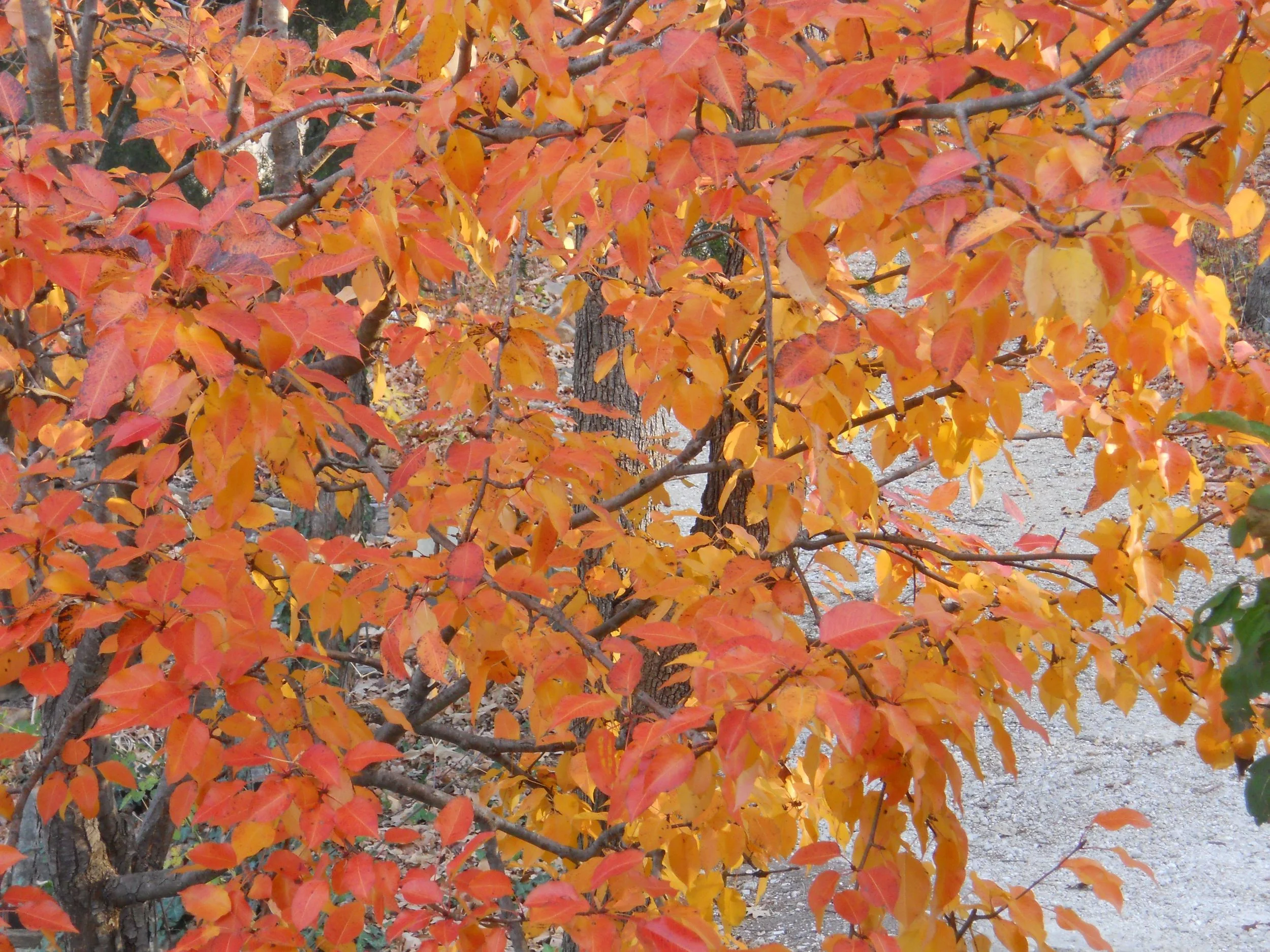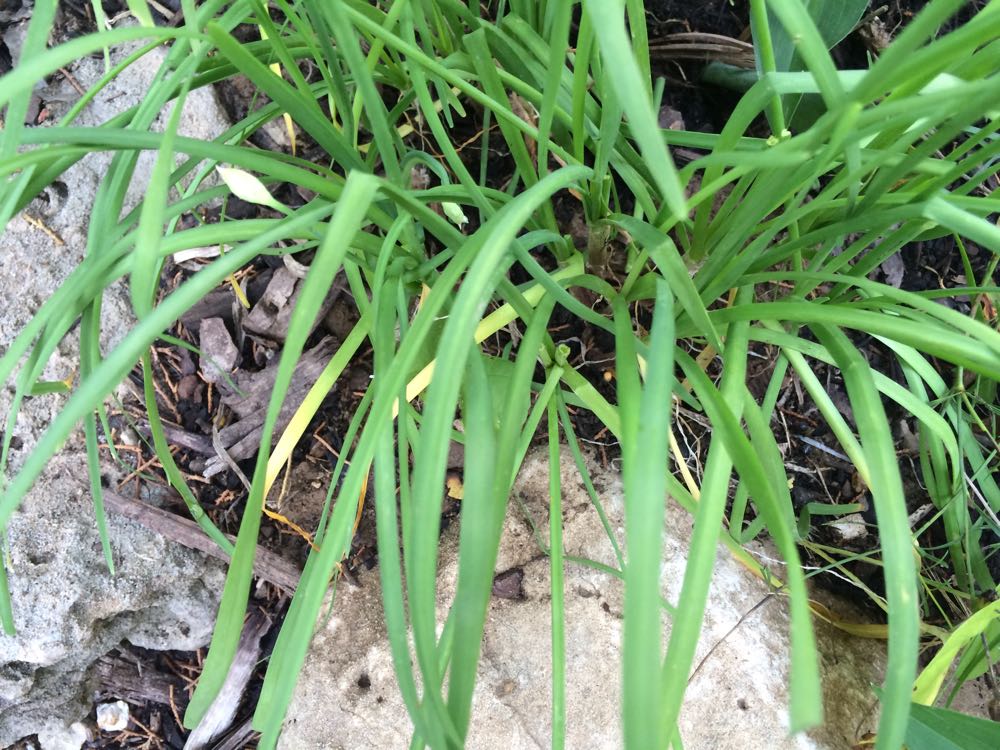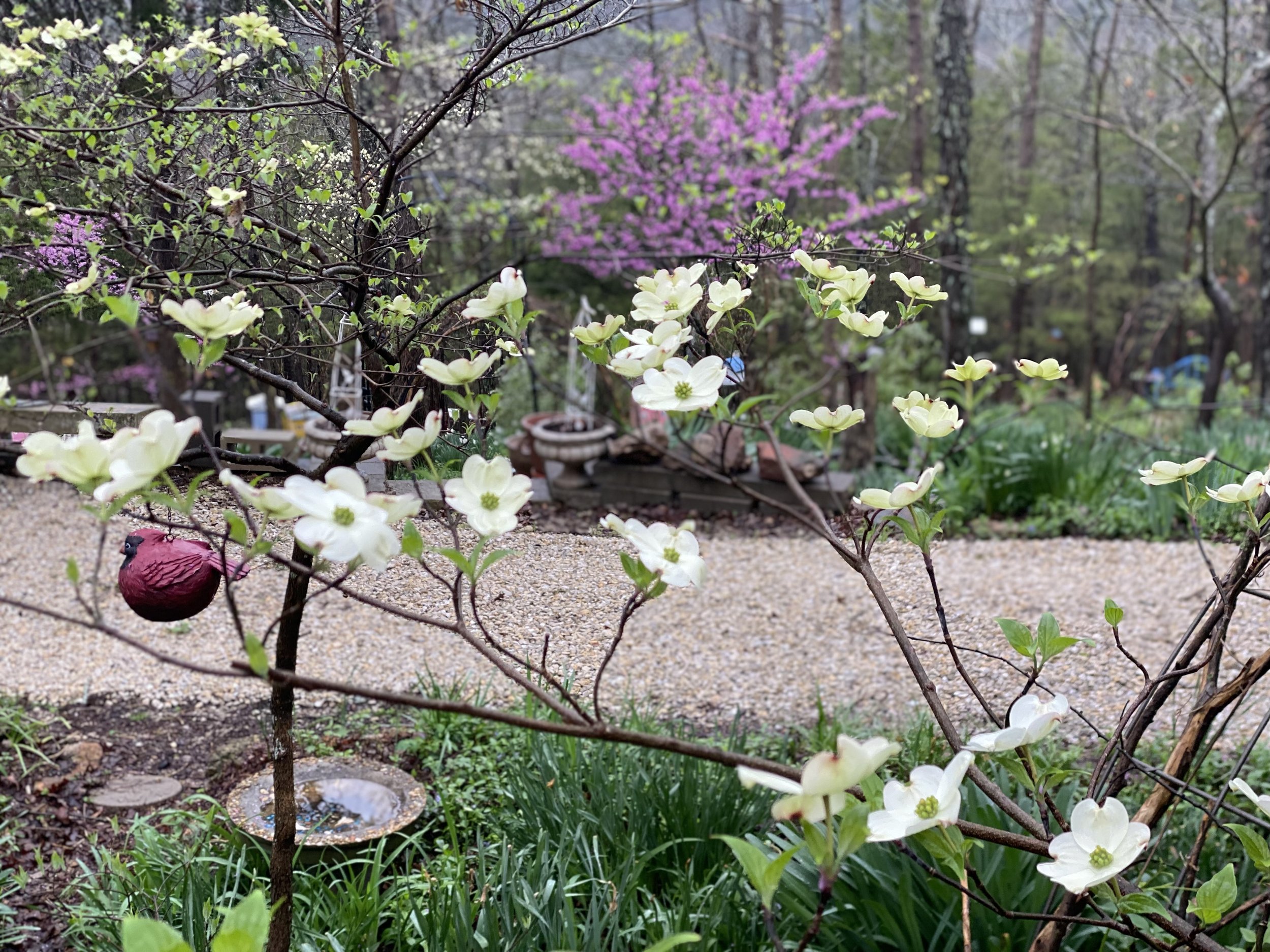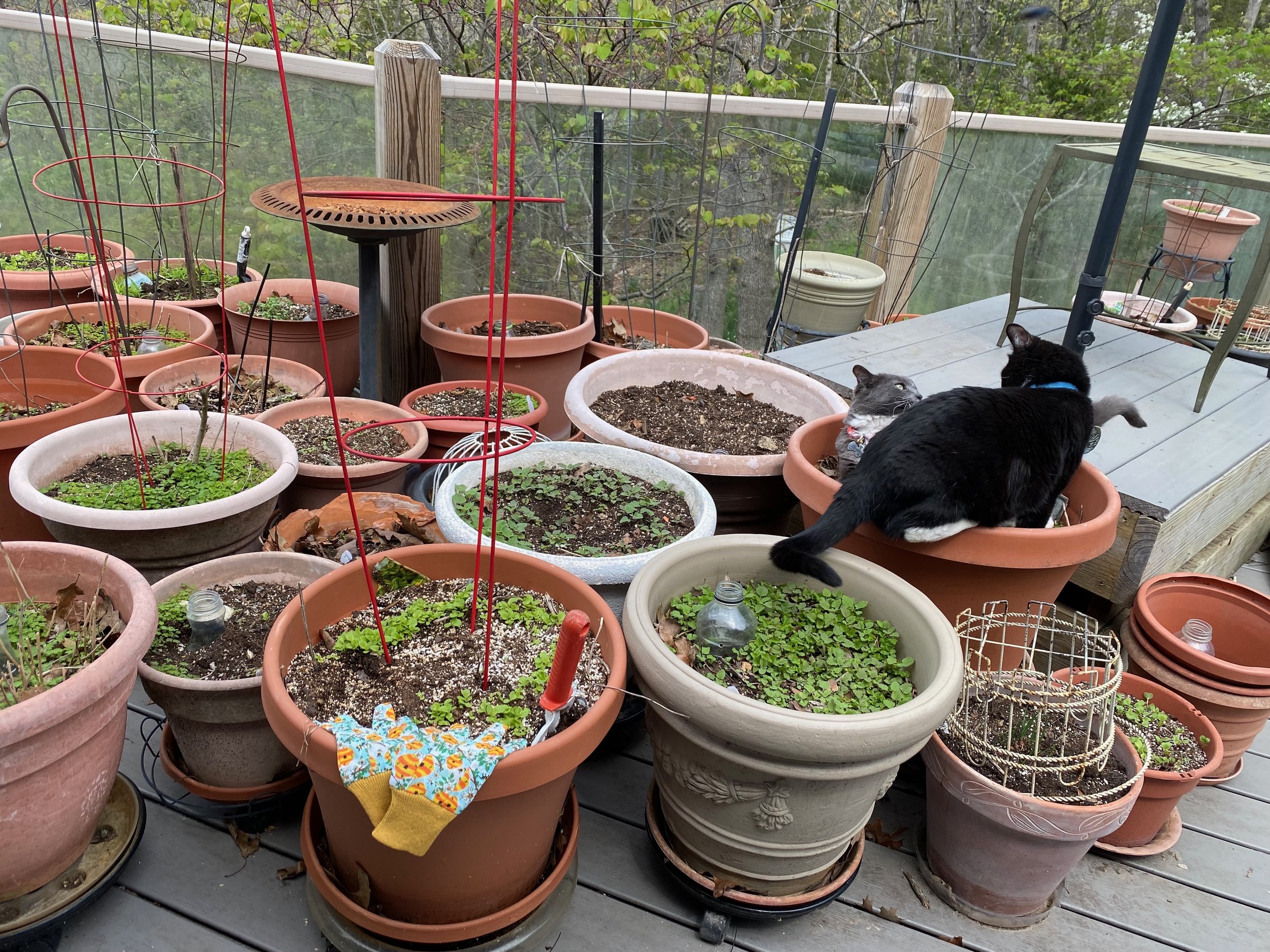Gorgeous Garlic Chives
/Transplanted garlic chives blooming beautifully in my Missouri garden.
Gorgeous Garlic Chives
I don’t mean to brag but I thought I was familiar with most culinary herbs until I found these little bunches of onion-like plants in a neighbor’s garden. Without knowing what they were, I dug up as many as I could and moved them to my garden, planting them along flower borders so I could watch them during the growing season.
So many weeds we have growing in our ditches are herbs that are no longer loved and appreciated. It is a shame since many of them have as much, if not more, health benefits as plants we buy in grocery stores.
Turns out the plants I dug up are garlic chives, a very common herb used in Asian cuisine and quickly developing fans around the rest of the world.
Garlic chives belong to the chive family of onions. The family has two branches, onions and chives. The chive-like leaves add a garlic flavor to any dish, a nice option when one doesn’t have real garlic.
The plants grow about 12-inches high. They prefer a rich moist soil with sun and, once established, easily spread through self-sowing.
The green leaves of garlic chives can be cut and added to salads and dishes.
The leaves look like regular chives, only instead of being hollow tubes like regular chives garlic chives are flat. Both seem to grow about the same size.
I have them planted as flower bed border plants, more so that I could see them when they bloomed and I could confirm the identification.
Garlic chives make wonderful border plants.
Garlic Chives Healthy Benefits
t is interesting to see how herbs were used for medicine. In the case of garlic chives, they allegedly reduce stress and fatigue. Paste of the herb supposedly heals wounds faster and stops bleeding. It was also used in the treatment of liver, kidney and digestion problems.
More to the point, garlic chives can be used in soups, sauces, salads, egg dishes – wherever you like to use garlic but don’t have any available. If for some reason you can’t eat garlic, garlic chives are a good way to add the garlic flavor without any related issues.
Garlic chives are rich in vitamin C, riboflavin, potassium, iron, vitamin A, thiamin and betacarotene. These elements help maintain blood pressure and increase a body’s immunity.
Garlic chives are also low in fat and have a high content of dietary fiber and protein. According to Frank Tozer, who wrote the Uses of Wild Plants, it also helps to maintain a balanced metabolism.
A macro lens closeup of garlic chive flowers.
If you look at the white garlic chive flowers closely, they look very similar to wild onion flowers, which bloom in late spring. When trying to tell the difference between the two, wild onion leaves are tubular while garlic chives are flat.
Natural Pest Deterrent
Another advantage of garlic chives is they are supposed to deter pests such as Japanese beetles, black spot on roses, scab on apples and mildew on cucurbits. I will move a few around next spring to increase my natural bug repelling efforts.
I have used both garlic chive flower stems and cut up leaves in salads and can’t tell a difference between the two, they both add a nice garlic flavor.
Wild onions and garlic were a Native American food staple. Bulbs were gathered in large quantities for winter use. Whole bulbs were roasted in fire pits, something we can duplicate by wrapping bulbs in aluminum foil and baking in a 350-F oven, or the ashes of a fire, for 45 minutes.
Native Americans also used wild onions and garlic as insect repellants, simply smearing them on their skin. I have heard alleged garlic cloves repel vampires but I am sure smearing garlic all over will repel people.
Charlotte















